Before the widespread use of recorded sound, if you were a music aficionado with a favored piece of baroque music you would be lucky if you heard it more than a handful of times in your lifetime. The circumstances of the orchestra necessary to perform the piece, being able to afford to attend such a recital in the first place – many factors are necessary to listen to that music in the first place, let alone multiple times. Today I, and I think many others, have the experience of finding a piece of music, enjoying it, and then playing it on repeat until utterly exhausted of it and never want to hear it again.
This ease of access to digital art and entertainment is pervasive in our current iteration of consumer culture. I think that, from the “photographic perspective” I tend to analyse things from, although easy access to essentially any photograph I desire is a powerful learning tool it has the potential to arguably diminish some (however intangible) value from the medium.
The visual content of a photograph is more often than not the aspect which carries the “weight” of the thing. Unless presented as an experience; through some kind of sculpture, projections, accompanied by music, or a smell, then you can generally “get” a photograph by looking at it in any size, on any screen , on any piece of paper, and more often than not get a more or less complete understanding of what it’s about.
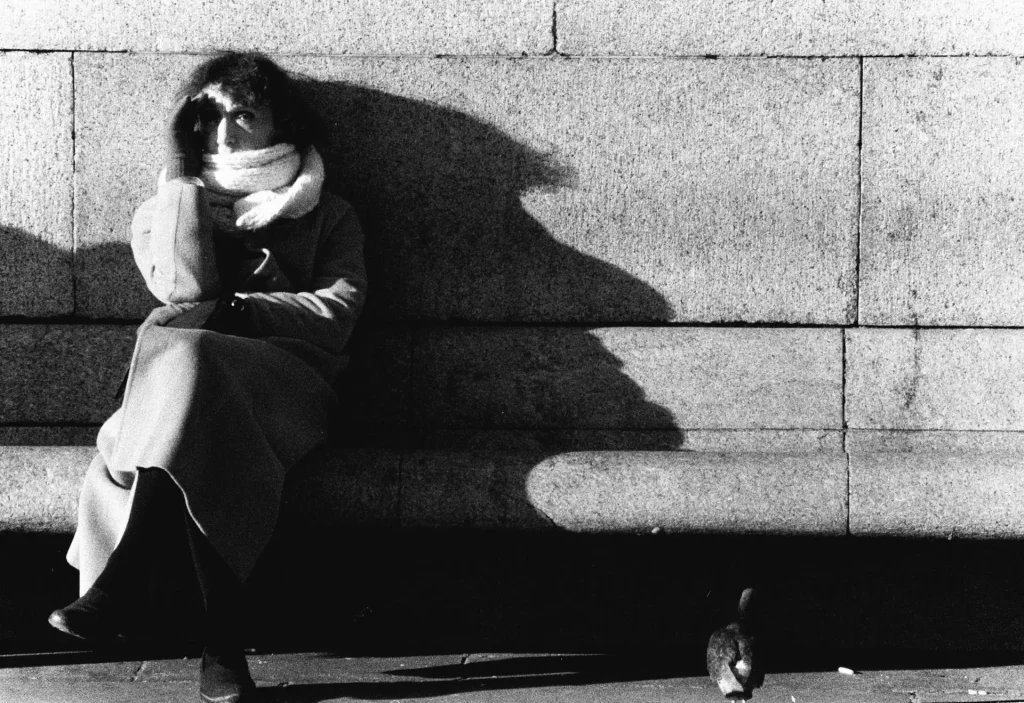
Unlike sculptures, cinema, performance art, and other things that must be experienced I don’t think that a lot of the enjoyment of photography is in the presentation. A picture is simply a picture, so if I’ve seen it in a book I wouldn’t necessarily need to see it bigger on a print unless I were after something specific. Collectors, connoisseurs, art buyers, and passionate fans may be after a certain edition of an image, an original print or signed book, but I think for most people it’s enough to settle for pixels on a screen. The photograph is “consumed” and the novelty fades, whether or not the message of the image stays with you.
Presenting work digitally is incredibly simple, with some digital cameras offering direct upload to cloud storage, or even social feeds, which means that you can pump out digital photographs and constantly feed that social media engine. In a way very similar to pop-art or pop-music this work is created digitally, consumed digitally, and quickly forgotten to be replaced by the next thing. This process is exacerbated by the tendency of bandwagon-styles, gimmicks, and other aesthetic trends that dominate the social media zeitgeist, offering subjects, locations, presets, and accessories to produce paint-by-numbers results.
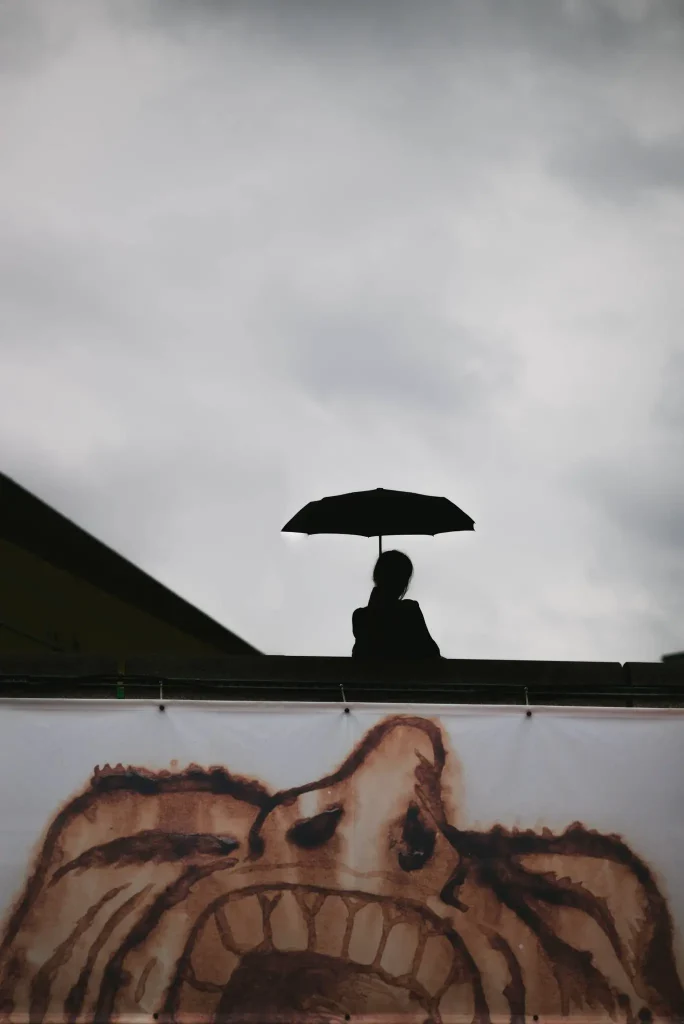
When I took up photography my opinions on many aspects were shaped by this popular photography zeitgeist. This includes the way that my work was shared, through mainly social media platforms, or digital magazines. It sometimes felt that the purpose of photography itself was to feed this machine with fresh content, and that my career would somehow grow around my profiles, the way a pearl forms around a proverbial grain of sand.
One of the most significant changes in my workflow was the adoption of film, first as a bit of fun, then more seriously for a few projects, and now weighted entirely for my personal street and documentary photography. I now essentially only shoot digitally when I am being paid or out of necessity, I don’t see myself using anything other than film for the rest of my life unless some tragedy causes it to actually cease in all its forms. I have documented my progress with film photography including the number of ways it has shifted my methodology in a number of blog posts, including on this website, Emulsive, and my own personal blog.
One of the aspects I’ve mentioned a few times now across various articles is the idea of limitation offered by film photography. Usually when I talk about limitation in photography it refers to possible the benefit of a personal imposition, however in this article I’ll be talking about an idea of limitation in film as contrasted against the idea of what is “unlimited” in digital photography. “Limitation” isn’t restricted to the methods used to make photographs, but also to the distribution of images and ideas.
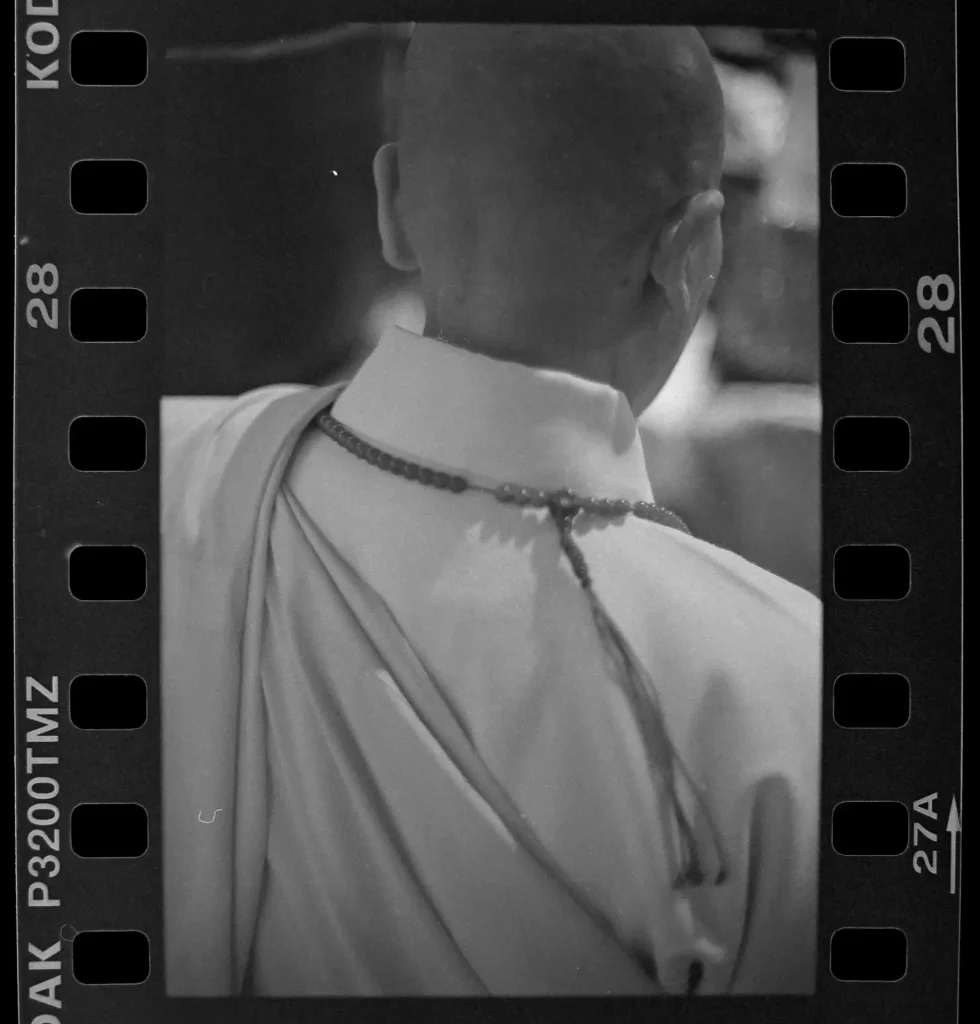
I have been working on figuring out how I can make my output, my photographs, more limited. The most obvious form of this is to simply hold back from publishing my images digitally on any social media platforms. This unplugs me from the grind, and means I have to consider exactly what kind of work I want to represent the rest of my efforts. Instead of dumping my archive online it would be a more controlled, drip-fed approach which offers up a few gems but keeps my best work in reserve for the benefit of anyone who decides that it’s worth their time investing in whichever medium those works end up published in.
I have started to limit myself in this way on Instagram, which is the main social media outlet I use for sharing my work and connecting with my audience as well as the wider photography community. I am not allowing myself to go above 250ish posts, which means that I need to clear out old work if I want to share anything new. This means that while I can share recent work I’m proud of the older work fades at the same rate. This allows them to remain fresh when printed or used elsewhere – harder to find online, but still familiar to anyone who’s stayed with me for a while as a fan of my work.
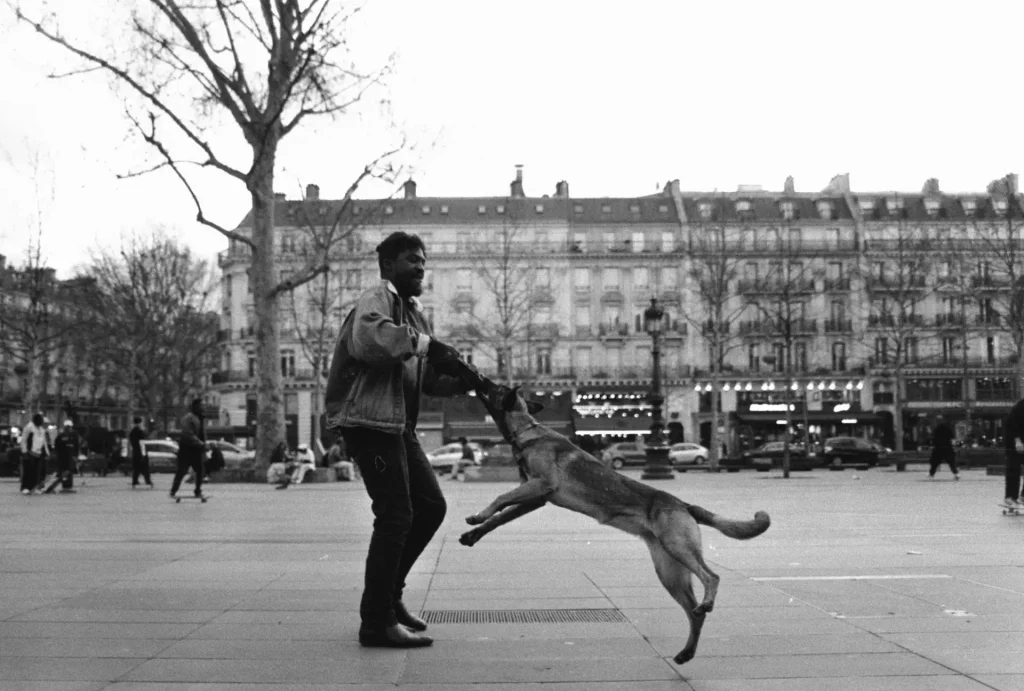
Over the last few months I have been covering some fairly high profile news events alongside the usual day-to-day street style stuff I normally produce. News style events are pretty well covered these days, from pro photojournalists to smartphone wielding bystanders, and footage/images are online and available worldwide more or less instantly as they happen. However I think that the reportage style lends itself very much to a low effort snapshot approach, which means that even truly high energy scenes are rendered plainly and without artistic touches. This is not necessarily a bad thing for those who need to consume the news immediately as it happens, but within a few months of a situation taking place you can usually find some pretty exemplary pieces of documentary work, which was produced by careful and creative photographers at the same time as the press photographers were making their snapshots.
Powerful work cannot be rushed, and the slow, decisive approach to producing and sharing such images ensure that their relevancy goes beyond simply grabbing the front page – the intent is not to break the story but rather to tell it holistically and conscientiously.
I maintain that as soon as a work has been published, even in small social media formats, the novelty vanishes; however if there is more to an image than novelty it may remain relevant and special which means it would still be an asset to print and use in more ways even after being shared online.
Something else I’ve been trying is using some work in some places but not others – for example using a selection of work to support a point in an article but then not sharing that work as its own “post” on another platform. This serves to showcase some of my work in a way that means you must revisit that particular article in order to see it again. I don’t especially want to flood my “brand” with the same content, otherwise people would view me as one-trick, or assume that I was simply leaning on a few iconic images without having any substance behind those.
I’m working on using all of the online spaces I am active on – social media, blogging platforms and so on – to showcase different types of work, rather than relying on a selection of top hits for everything I ever write. This means a combination of my best work, transitional images, failures, and images I have no real use for, to accompany writing I do, or lessons I teach.
Holding back is also something I can do on a personal workflow level. I have recently been shooting at my usual rate, but leaving my rolls undeveloped, which means there is a backlog of work I have yet to see, let alone print or publish. It is enough for me at the moment to concentrate on the process of shooting and not to worry about the images themselves. Leaving my film unseen has been a great motivator to focus on what I’m doing next, rather than what I might have already shot, which is a fantastic drive to keep myself out shooting rather than in curating or writing.
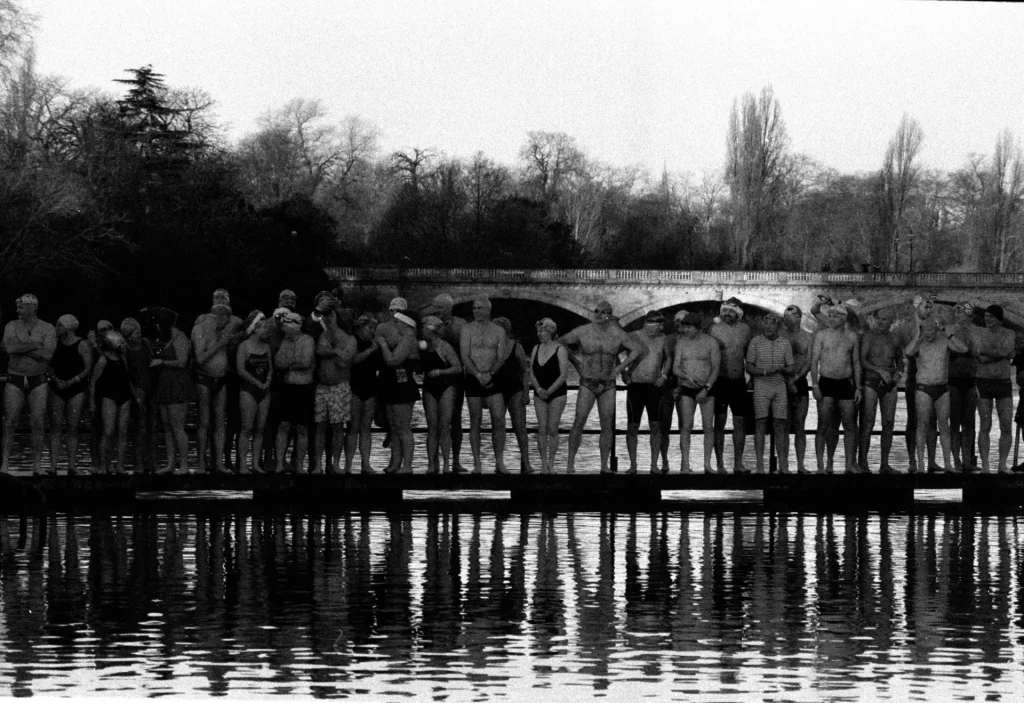
Limiting my digital output means that my physical output becomes more exclusive. In order to publish my images in a limited way I would need to focus almost entirely on physical releases – prints, books, zines, either individually or in collaboration. This would mean that only a small pool of my images would represent much larger bodies of work, and accessing these would mean buying prints, zines, books, or whatever physical medium they end up in. Physical artefacts are their own thing, occupying their own space and significance. Fewer people would have access to them, which makes them a more unique experience to those willing to pay for them. Physical copies feel less disposable than digital ephemera, which has so little value in digital form that there’s an expectation for it to always be available for free. The value in physical is closer to a unique painting or sculpture – representative of a “piece” of art, instead of a representation of an image on a screen.
Print sales are an area I’d like to be investing a lot more attention to in the next few years, but so far my experience of the process is actually fairly interesting – especially from a marketing perspective. When you think about it, a photograph is a pretty unique thing to go about selling:an individual image is both the product and its own advert. How do you sell a print without showing it? How do you sell a photo-book without giving away the most worthy, fulcrum images? It’s almost the same as a movie trailer which shows off the best bits, and spoils the plot, punchlines to jokes, or best action sequences. Of course you want to showcase your best work, but there has to be a way to use a very small selection to prove that the rest of the content of the piece has weight. Easier with a book/collection than an individual piece. You buy the work for the bits you haven’t yet seen, not necessarily the highlights it was marketed on.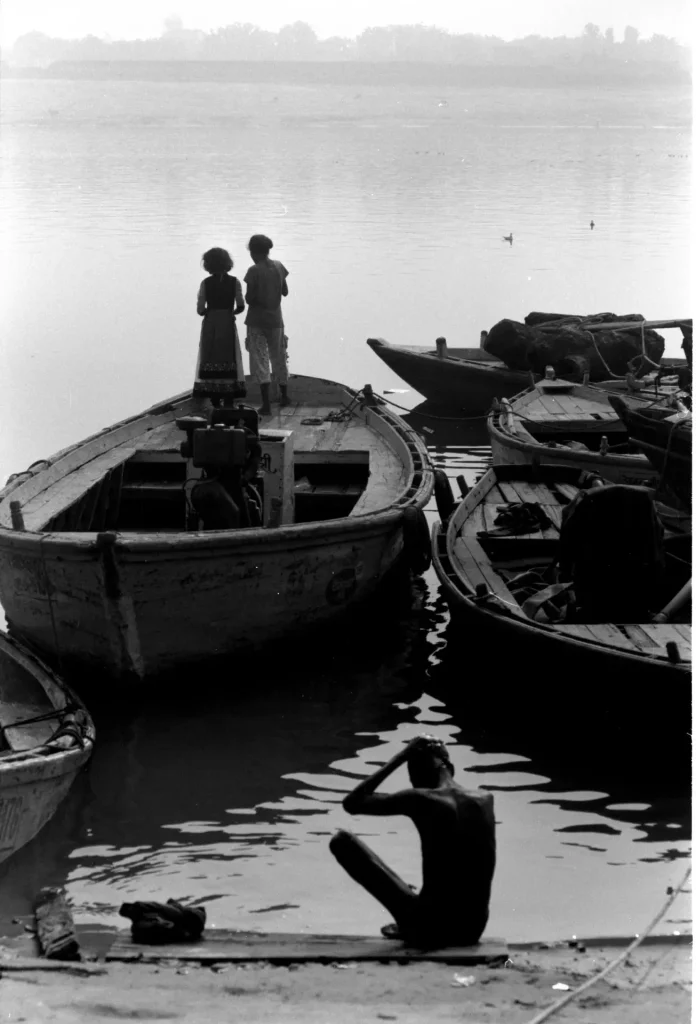
For my darkroom prints I’ll need to really emphasise the work that’s gone into them – highlight the details, the character of the paper/chemistry used, the grain, the tonality, the “pieces” that make the print work as a whole, not just the image that the paper contains. This way the value becomes about the nature of a physical print, and is more detached from the idea of owning a “picture” for the sake of it being that picture.
The impact of such a physical piece has the potential to be far more powerful than a trendy, disposable, pop-art piece on social media. Prints I’ve sold to date have been more based in aesthetic than journalism, but the response from my customers has been more powerful than I expected based on my lower opinion of such images. These prints have been digital so far, but I want to spend longer in the Darkroom, putting more hand-work and effort into these prints. This will make them even more limited and special.
Zines and books are something I feel I am working towards, but won’t have enough content to really be worth it for another few years or so. Aside from some test copies for practice purposes I’ve produced nothing tangible in this area, but may allocate some attention over the winter when I do a review of my work to date.
The decision to severely limit my digital output has not been an easy one, and has involved untangling myself from those ideas around sharing work quickly I discussed earlier. I feel a touch more disconnected from the community and audience I have managed to find, as I will have less and less to offer them, as more and more of a backlog of unseen work builds up. This will be an interesting process, and I may make adjustments to these limitations over time, but for now I think they make sense, and will give me good motivation to put as much work as possible into making that backlog worth the wait!
Thanks for taking the time to read this article! If you like the images here please consider checking out my Instagram. I buy all of my film from Analogue Wonderland.
Share this post:
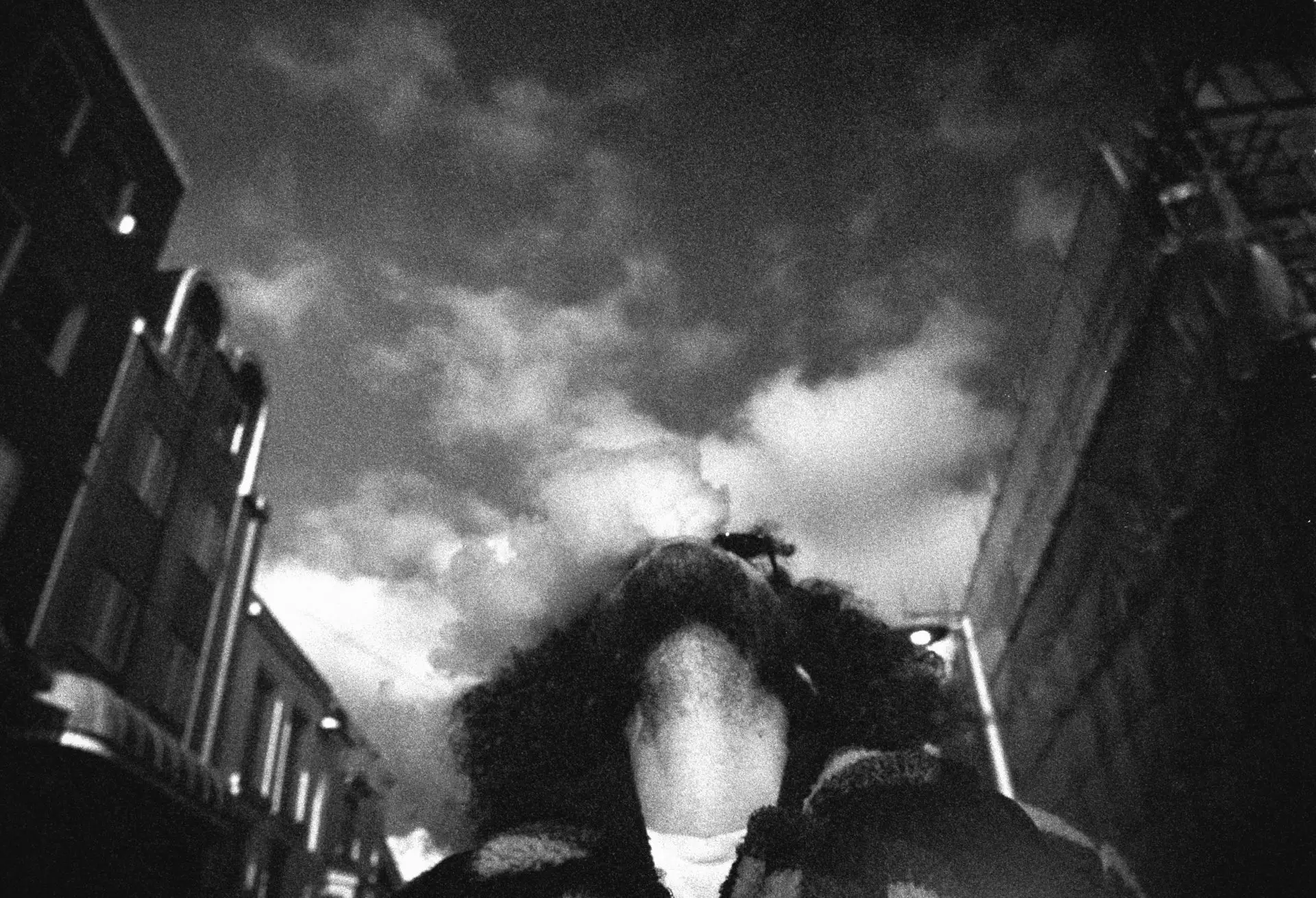








Comments
Rob MacKillop on Limiting and Reflecting on my Digital Output – by Simon King
Comment posted: 22/07/2020
Rob
jeremystrange on Limiting and Reflecting on my Digital Output – by Simon King
Comment posted: 23/07/2020
Comment posted: 23/07/2020
Pierre-Alix Favillier on Limiting and Reflecting on my Digital Output – by Simon King
Comment posted: 23/07/2020
Long live the soul of film and it’s limitations.
NigelH on Limiting and Reflecting on my Digital Output – by Simon King
Comment posted: 23/07/2020
... anyway, I like you thinking, thanks again
David on Limiting and Reflecting on my Digital Output – by Simon King
Comment posted: 23/07/2020
George Appletree Photography on Limiting and Reflecting on my Digital Output – by Simon King
Comment posted: 23/07/2020
For all born deep inside last century digital vas the novelty, for the rest it's film. That makes a difference mainly in the diffusion notion of the medium. In the times of film a photograph was a piece of paper, an object not thought to be consumed but rather enjoyed or utilized in some cases.
About the favor the digital made to photography as a whole, I would say that banalized it. Including, making it obvious, unlimited, erasable, immediately acclaimed.
I always thought, after a long practice, that photographs need time. Time to be taken (opposite to their supposed instant nature), to be understood and edited. And time is a limit indeed. So, let it do the work.
Jacob on Limiting and Reflecting on my Digital Output – by Simon King
Comment posted: 23/07/2020
Great article, thanks for sharing.